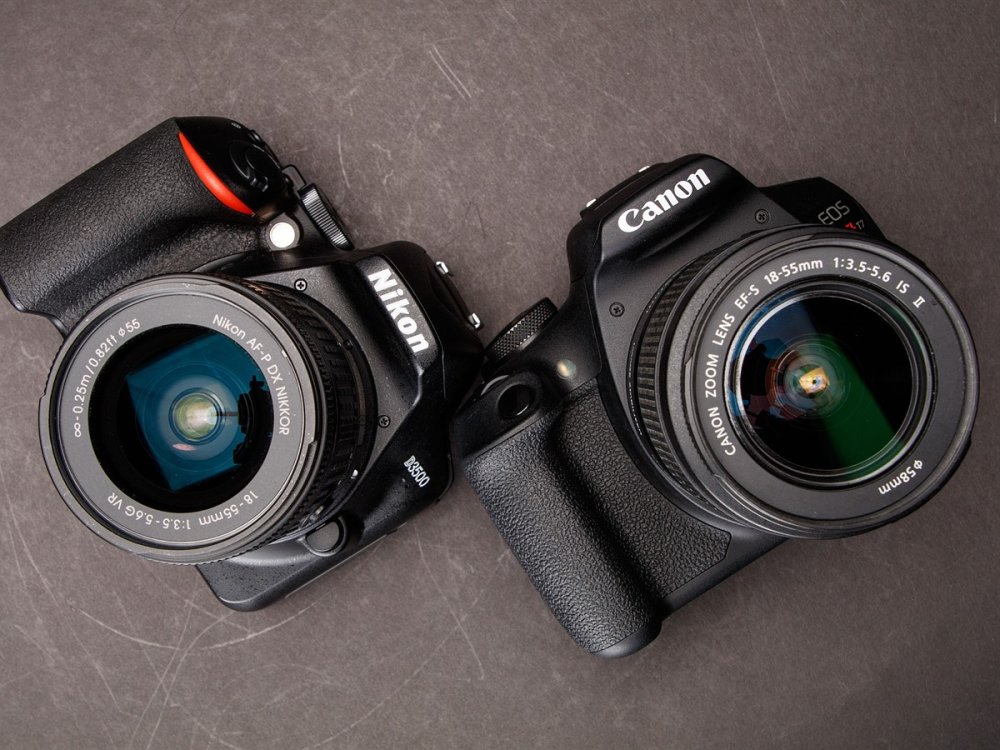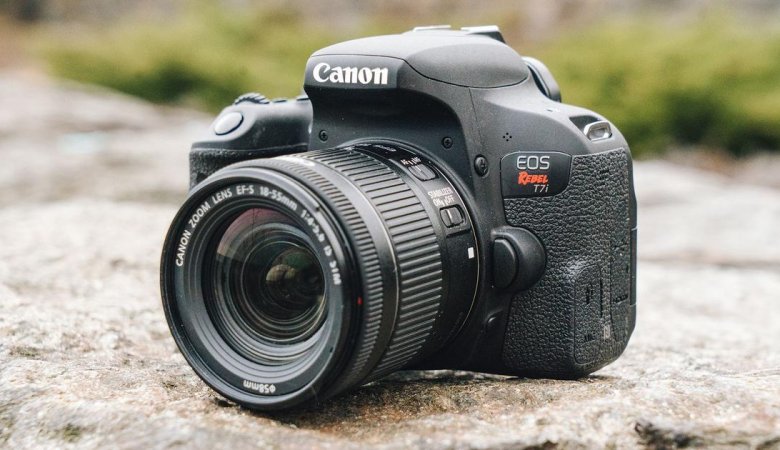When it comes to choosing entry-level cameras for beginners or professional cameras for esteemed photographers, Nikon and Canon have been long-standing competitors. Both of these brands offer unique features catering to different needs and preferences.
One of the most essential aspects of a DSLR camera is image quality, which consists of resolution, dynamic range, low-light resolution, and overall picture processing capabilities.
Aspiring photographers and enthusiasts often find themselves confused between these two iconic camera brands, seeking to understand how they compare with each other regarding image quality.
If you are looking for a detailed comparison of which camera is better regarding the overall image quality, this blog post is just for you.
Let’s dive deeper into the intricacies of how these signature cameras compare with each other and how you could make a smart purchase to capture the masterpieces to cherish forever!
Nikon D3500 VS Canon T7
Nikon D3500 vs Canon T7 are always in close competition and comparison as they are signature pieces from these two iconic brands. They are excellent entry-level cameras and brilliant for beginners and amateur photographers. They are priced similarly and are tailored for a promising entry into the world of photography.
The Nikon D3500 debuted in August 2028, while the Canon T7 was launched in February 2018. Their nearly similar releases are evidence of a similar age and incorporation of technology. For a swift decision between Nikon D3500 and Canon T7, let’s dive into a side-by-side analysis of their technical specifications.
1. Easy to Use
When considering entry-level cameras, ease of use becomes a critical factor. In comparing the Nikon D3500 and Canon T7, the latter emerges as the more user-friendly option.
The Canon T7 boasts a dedicated ISO button and a white balance button, thereby providing effortless manual control without the need to navigate through settings on the LCD screen.
Another impressive reason to favor the Canon T7 lies in its creative filters. With options like Miniature Effect, Fisheye Effect, Grainy B/W, Toy Camera Effect, and Soft Focus, you can experiment with varied artistic styles.
In contrast, the Nikon D3500 lacks built-in filters, requiring manual adjustments to achieve your desired shot. Thus, the Canon T7 is a more accessible and creatively versatile choice between the two here.
2. Sensor Comparison
In the world of entry-level DSLR cameras, both the Canon T7 and Nikon D3500 boast APS-C sensors, which are standard in this category. Though the D3500’s sensor is slightly larger, the difference is negligible, having minimal impact on overall image quality.
One essential distinction worth noticing is that the Nikon D3500 lacks a low-pass filter. Another key advantage of the Nikon D3500 is a higher extended ISO range of 25600, surpassing the Canon T7’s 12800 ISO.
This enhancement makes the former particularly preferable in low-light environments, making it an ideal choice for capturing landscapes or night concerts.
Based on these considerations, it becomes crucial to align your camera choice with your preferred kind of photography. If fashion product photography is your focus, the Canon T7’s low-pass filter might be ideal.
However, if landscape photography is your focal point, the Nikon D3500 would be more suitable. Thus, you can choose the camera that suits your photographic preferences and needs.
3. Bit Rate and Dynamic Range
With its 14-bit color depth, the Canon T7 holds a slight advantage over the Nikon D3500, which features a 12-bit color depth. While this difference may seem subtle, it can impact the level of detail and color in your images, especially when capturing vibrant and colorful objects like food or photography for commercial products.
While the Nikon D3500’s 12-bit color depth is still more sufficient for general photography and everyday shooting, the Canon T7’s 14-bit advantage shines when it comes to showcasing fine details and vivid colors. As a result, the Canon T7 proves to be a valuable asset for photographers seeking to excel in photography.
4. Megapixel Resolution
The resolution of the Nikon D3500 stands at 24.2 MP, while the Canon T7 features a 24.1 MP resolution. The minute difference in megapixels between these cameras means that when comparing images from either device, you are unlikely to notice a major difference in the image quality.
Both cameras offer excellent resolution, ensuring your captured moments are packed with minute details and precision.
5. Autofocus System
Like many entry-level cameras, both the Nikon D3500 and Canon T7 feature limitations in their auto-focus capabilities; the Nikon D3500 is equipped with 11 phase detection auto-focus points, while none of them are cross-type, which means they might be less accurate in certain situations.
On the contrary, the Canon T7 offers 9 autofocus points, one being cross-type, offering a slightly better performance in achieving precise focus on specific subjects. Despite these limitations, they still deliver satisfactory results for everyday shoots and basic photography needs.
Summing It Up
All in all, the choice between the Nikon D3500 and Canon T7 is ultimately your decision as per your individual preferences and photography style. If you value versatility and natural colors, the Nikon D3500 might be the ideal choice.
However, if ease of use and creative experimentation are the focus, the Canon T7 would be a more suitable option.
Regardless of the camera you use, the Canon T7 and Nikon D3500 both open up a world of possibilities for honing your photography skills and capturing stunning moments.
It is essential to consider your specific needs, shooting styles, and lens preferences when making this decision.
These cameras offer amazing price points and will be your trusted companion for your photography journey!







Leave a Reply